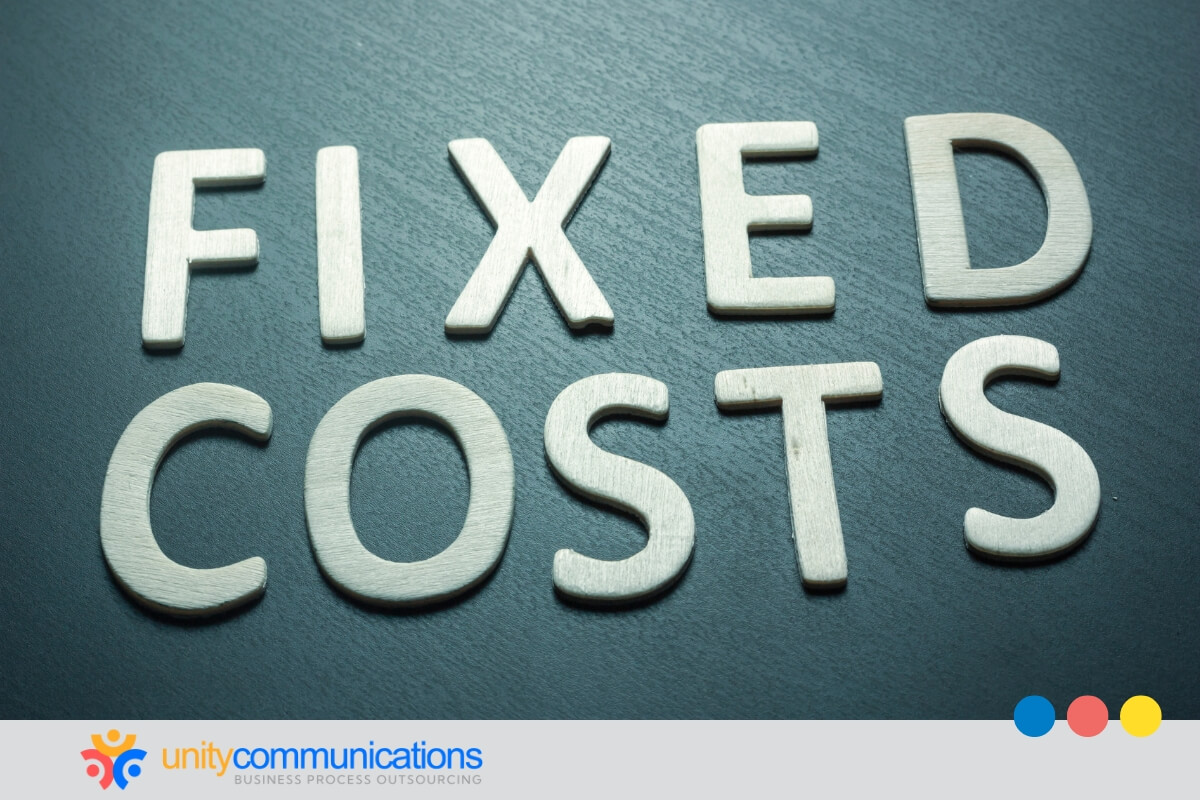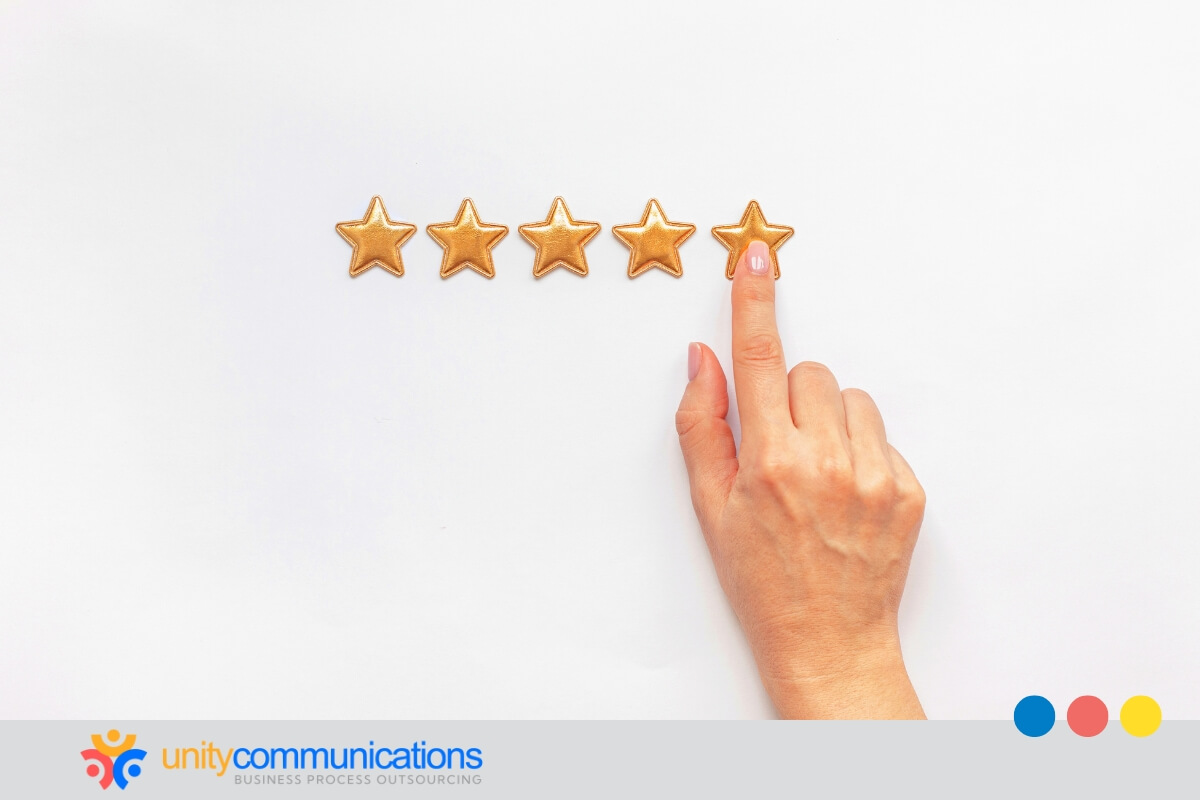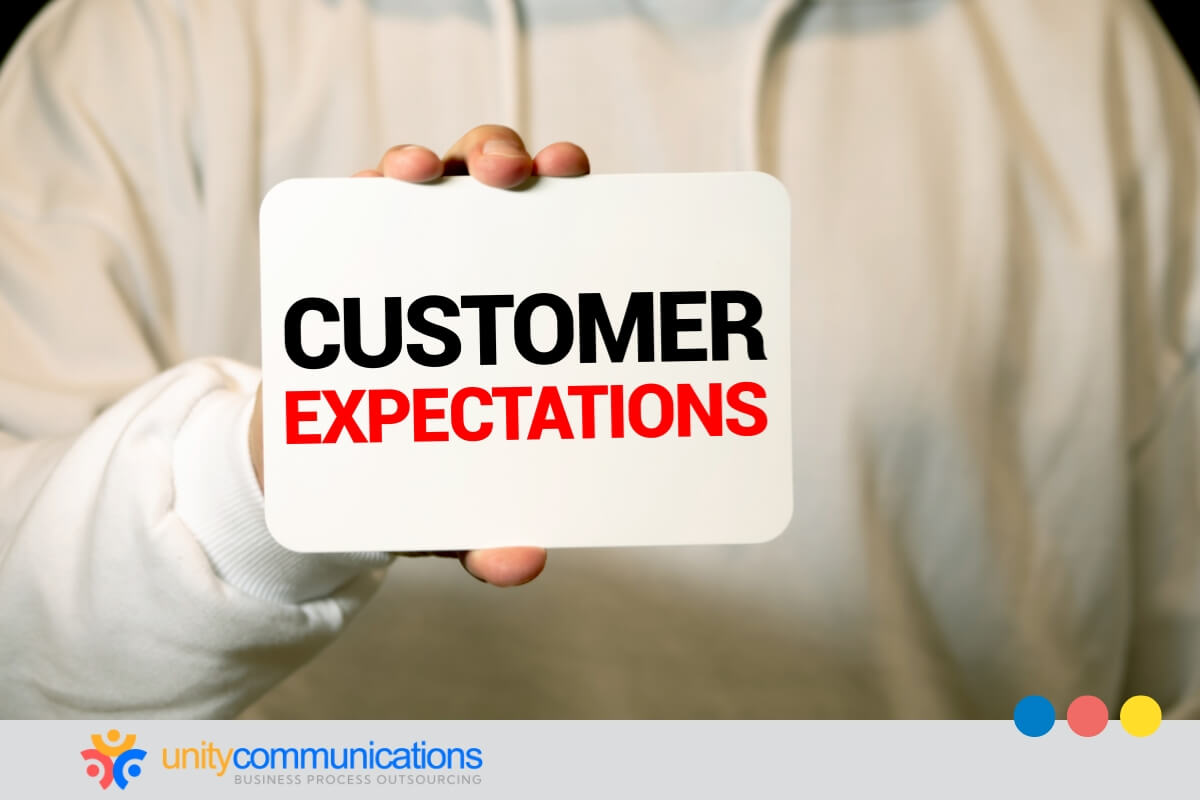Table of Contents
Logistics management often involves high costs, including labor and infrastructure. How do you reduce them without compromising service delivery? One option is business process outsourcing (BPO).
BPO teams help enhance operational efficiency and scalability without spending more resources. They handle routine tasks to help you focus on core activities, boost profit margins, and improve supply-chain management.
This article explores how to achieve cost savings in logistics outsourcing while driving resilience and growth. Read below to learn more!
1. Reduce fixed costs by converting them into variable expenses

According to Dimension Market Research, the global logistics outsourcing market could reach $1.6 trillion in 2033. One growth driver is the need for more cost-effective, scalable supply chain solutions.
By definition, BPO involves delegating routine tasks to third parties to boost efficiency and allow internal teams to focus on other high-impact activities, such as strategic planning. But this approach also decreases operating expenses by converting fixed costs into variable.
Instead of investing heavily in warehouses, trucks, and staff, you pay only for the logistics services you need. As a result, you can:
- Reduce financial risks by limiting exposure to sunk costs
- Free up more capital for other strategic initiatives
- Gain better control over cash flow
- Scale more efficiently without being tied to significant fixed overhead costs
- Align costs directly with demand to avoid overcapacity during slow periods
Turning heavy fixed costs into flexible, demand-driven expenses strengthens financial agility and competitiveness.
2. Provide access to tech to achieve cost savings in logistics outsourcing
In 2024, 80% of organizations adopted or planned to implement new logistics and supply chain technologies. About 62% of shippers aimed to triple their tech investments by 2026. The demand for innovation shows why companies outsource to boost logistics and save costs.
Third-party logistics (3PL) providers utilize cutting-edge tools to optimize operations and reduce errors. Examples include:
- Warehouse management systems (WMS)
- Transportation management systems (TMS)
- Real-time tracking software
For example, a 3PL might use a WMS and automated sorter to handle 20% more orders per hour. These technologies accelerate delivery timelines and maximize storage utilization.
3PL services can provide access to robust tech solutions that might be too costly or complex to implement. This enhances accuracy, speeds up operations, and improves supply chain visibility. Ultimately, it lowers labor costs, expedites response times, and boosts profit margins without the upfront expense.
3. Offer economies of scale
Maximizing economies of scale is another way to achieve cost savings in logistics outsourcing. By serving many clients, 3PLs spread fixed costs such as warehouses, tech, and fleets over larger shipments.
Because clients share the spending, each pays only a fraction of what it would cost to build or run the same infrastructure in-house. This means the cost per shipment (or per unit handled) drops as volume increases.
As an illustration:
- Suppose your company must ship 1,000 orders monthly. If you build your warehouse and systems, you might have to pay $50,000 monthly in fixed expenses. This could increase the product price to $50 per order to cover the overhead.
- You decide to engage a 3PL provider that ships 50,000 orders monthly for 10 companies. They spend $50,000 monthly on warehouse and system costs. However, spreading it across 50,000 orders brings your spending to only $1 per order in overhead.
In addition, 3PL partners leverage carrier and supplier relationships to secure better rates, lowering your spending. These cost reductions directly improve your profit margins and competitive pricing.
4. Minimize in-house staffing requirements

Logistics outsourcing also decreases the need to expand in-house staffing, especially during crucial but temporary periods, such as holidays or product launches.
First, 3PL companies hire experienced specialists who are less likely to commit mistakes, know how to use the latest technology, and are updated with best practices. They can also engage with niche professionals for more specialized needs, such as compliance.
Either way, this setup means you can forgo expanding your in-house team and its associated expenses. These include additional salaries, benefits, and turnover costs.
Second, logistics outsourcing allows internal teams to focus on core competencies rather than daily logistics operations. They can spend more time on:
- Enhancing the customer experience
- Building stronger relationships with customers and partners
- Driving product innovation and development
- Expanding into new markets or customer segments
- Strengthening brand positioning and marketing efforts
Reducing in-house staffing requirements leads to significant labor cost savings and improved operational focus.
5. Enhance scalability to adapt to market demand fluctuations
Scalability is another way to save costs through logistics outsourcing. Third-party providers can quickly increase capacity during peak seasons or sudden order spikes without significant investments. Conversely, it can scale down services during slower periods to avoid unnecessary expenses.
For example, during Christmas, a retailer might see order volumes triple. A 3PL firm can immediately add extra warehouse labor, truck capacity, and last-mile delivery routes to meet demand. The retailer doesn’t need to invest in temporary warehouses or hire seasonal staff. Once the season ends, the retailer scales back to normal volumes and pays only for the services used.
This flexibility helps maintain cost efficiency and promotes better resource allocation. Avoiding building your infrastructure from scratch also allows you to seize growth opportunities faster. With a 3PL partner, you stay agile, competitive, and responsive to changing market conditions.
6. Manage risks and compliance better
In 2024, legal and compliance leaders wanted to improve third-party risk management. Although outsourcing can reduce operating costs, it can also increase challenges, such as:
- Regulatory non-compliance. If a third party violates trade laws, customs rules, or safety standards, your company can still be held liable, face fines, or suffer shipment delays.
- Data privacy and cybersecurity threats. Many logistics partners handle sensitive customer and shipment data. Breaches or poor security can pose severe legal and financial consequences.
- Environmental and ethical risks. Increasing regulations (and consumer scrutiny) around sustainability and labor practices mean you’re accountable for your partners’ compliance.
- Operational disruptions. A financially unstable or poorly managed logistics partner can cause missed deliveries or stockouts, damaging your reputation and potentially breaching contracts.
Partnering with reliable expert logistics providers strengthens risk management by ensuring compliance with industry laws and regulations. These specialists bring deep expertise in navigating customs, safety, and environmental requirements across global markets.
They also implement advanced security measures, such as strict access controls and disaster recovery plans, to respond quickly to disruptions, enhance resilience, and protect your brand’s reputation.
Smart logistics outsourcing can reduce the risk of fines, delays, and legal complications due to non-compliance.
7. Fast-track logistics solutions and enhance market response

Expect cost savings in logistics outsourcing as specialized providers speed up new solution rollouts with their expertise and resources. These partners already have established systems, technology, and trained personnel ready for deployment, eliminating the need for lengthy setup times.
As a result, your business can quickly adapt to changing market demands or launch new products without delay. Improved responsiveness helps you meet customer expectations for speed and reliability.
Additionally, logistics providers continuously update their processes and technologies to stay competitive. This agility allows you to stay ahead in fast-moving markets and capitalize on emerging opportunities.
The bottom line
You can achieve cost savings in logistics outsourcing by converting fixed expenses into variable ones, accessing advanced technologies without heavy investments, and leveraging the expertise of specialized providers. These efficiencies improve operational performance, faster delivery, and greater scalability.
You can boost profit margins and maintain a competitive edge by reducing overhead and optimizing supply chain processes.
Are you interested in improving your profits through 3PL partnerships? Let’s connect to explore how customized outsourcing can drive cost savings and boost efficiency.




